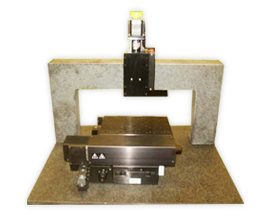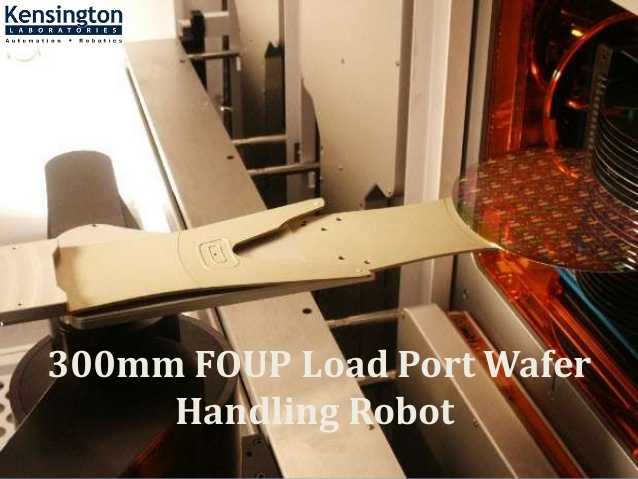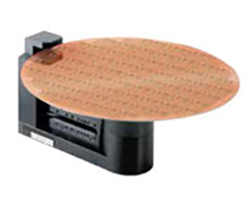Picking best Precision Motion Control for your Automation Application
Advancement technology has got heavy dependency over the small and smart precision motion control and its positioning equipment. Look now; the engineers have got access to several options to boost the production processes with the mechanisms such as nano-precision and based feedback technologies. The applications involve mission-critical deployments in optical inspection, semiconductor metrology, and many more.
The Linear translation Stages:
You must
know that the linear or translation stage constitutes the basic principles of
the linear actuators. Still, it adds a platform for making the application load
fix or charging extra to build up a multi-axis configuration. The stage's
platform is known as a precision component with linear translation guidance.
A linear
translation stage confines the application load to a basic degree of freedom.
An ideal linear stage fully hampers the two axes of translation and three axes
of rotation. Therefore, it permits motion over a single translation axis. If we
take it in reality, you won't find a fully-fledged guiding system. Each linear
motion will conduct rotary angular deviation and the moving components in the
runout time. The efficiency of the linear stages to deliver the high linear precision control motion with less
runout time is vital for us in applications like Semiconductor manufacturing,
materials science, and other scientific and industrial applications.
The
motorized linear stages consist of the base and the platform attributed by the linear actuator of the kind of form.
For the
multiple axes' motion and positioning, several positioning stages can be merged
well. The kinematic hexapod of freedom of motion can be utilized better of up
to 6 degrees.
The Rotation Stages:
The rotation
stages include the platform that whirls relevant to the base. Both the base and
the platform is merged with the help of some bearing that curbs the platform's
motion to the rotation for a single axis.
A broad
range of motors and principles that can be used from the direct-drive
closed-loop torque motors are driven worm gear designs. The self-clinching
ability with zero fidgets and drift are supported by low profile motor stages,
which need no holding current.
The
precision motorized rotation stages are inked for the applications consisting
of semiconductor inspection, X-ray crystallography, fiber optical alignment,
and other technology-based applications.
In the
semiconductor positioning, the motion control products, and the stage repair work together play a vital
role. For instance, a company can filter a motion controller and a stage to
work in a unit for a thin film stamp. The motion control products can measure
such characteristics in several positions. As the optical head stays stagnant,
the stage gets shifted, and the controller asks for where it must head towards.
The staging accuracy can be checked out in microns; therefore, accuracy plays
an important factor.
The
all-inclusive functionalities of the precision
control motion and stage repair are the best solutions to
enhance semiconductor front end technology performances.
The stage repair services are the most
known and compelling automatic motion controller products that can attain the
advantages with the help of the robots without combating any conflicts.
Building the perfect precision motion control system:
Our wafer
stages program has been outlined at Kensington Laboratories for the high precision
motion control within the nanometer range. It would be unique for the wafer
alignment, positioning, and testing in a certain phase.




Comments
Post a Comment